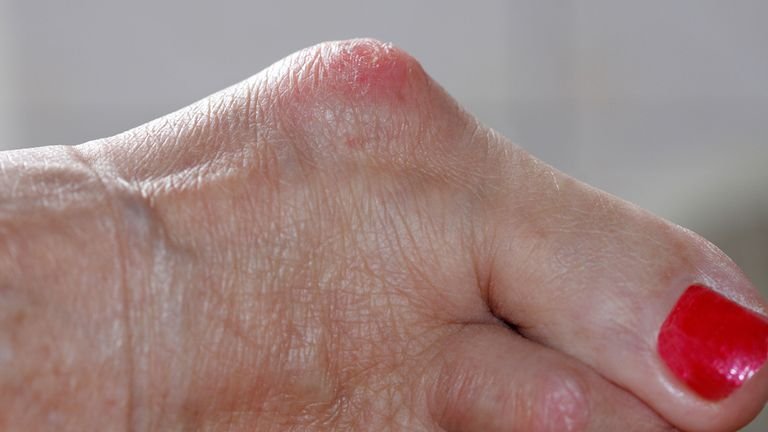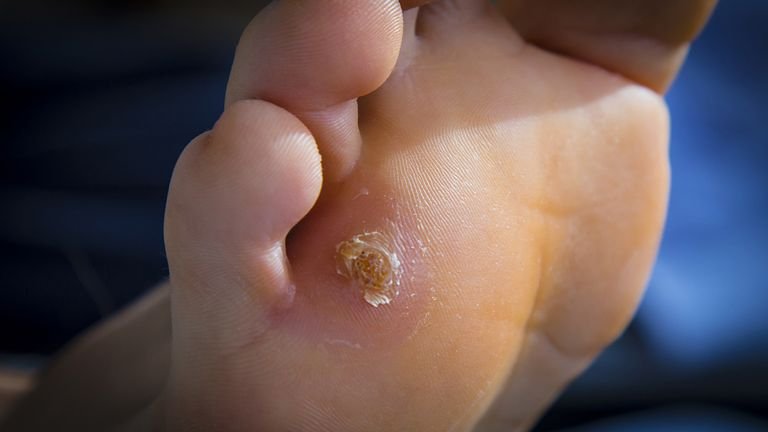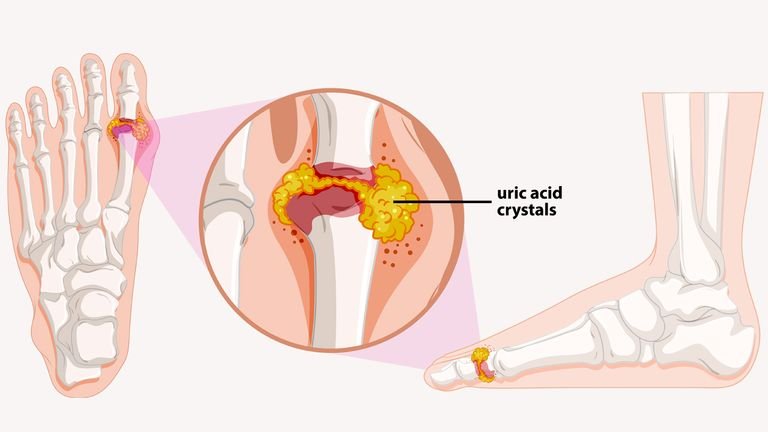
Taking care of your feet is essential for overall well-being. However, many people often neglect their feet, leading to various foot problems. But don’t worry, we’ve got you covered! In this article, we’ll explore some common foot problems and provide you with easy solutions to keep your feet happy and healthy.
Athlete’s Foot

One of the most common foot problems is athlete’s foot, a type of fungus that thrives in warm and moist environments, such as between the toes. It can cause redness, swelling, and a white rash with a red base. However, you can easily prevent it by keeping your feet clean and dry. In case you do develop athlete’s foot, an anti-fungal cream or spray can effectively treat the condition.
Hammertoes
:max_bytes(150000):strip_icc():format(webp)/GettyImages-12800332681-7bbf6b411d8f43ea9791a5c653e8028c.jpg)
If you notice that some of your toes are hooked, bent from the middle joint, or in a different position than the others, then you may have hammertoes. This condition can be caused by wearing shoes that are too small or genetic factors. If your toes can still be bent, finding the right size shoes may be the solution. Another treatment option includes using foot pads in your shoes. However, if your toes are rigid and don’t move at all, you might require surgery to alleviate the pain.
Blisters

Blisters can occur when your skin rubs against the inside of your shoes. They are soft, fluid-filled areas that can be quite uncomfortable. To prevent blisters, make sure to wear shoes and socks that are the right size and provide ample cushioning.
Bunions

Bunions are hard bulges that form on the joint connection between the big toe and the second toe. Various factors can contribute to their development, such as birth defects, arthritis, injuries, heredity, or wearing ill-fitting shoes, especially high heels. If you have bunions, wearing larger shoes with padded insoles and using painkillers can help ease the discomfort. In more severe cases, surgery may be necessary for a permanent solution.
Corns and Calluses

Corns and calluses occur when your skin repeatedly rubs against boney parts of the foot, often caused by wearing improperly fitting shoes. Corns can appear anywhere on the foot, while calluses usually form on the bottom of the feet. To treat these conditions, you can gently remove the built-up dead skin using a pumice stone or seek professional help for more severe cases.
Plantar Fasciitis

Plantar fasciitis is a common foot condition characterized by inflammation or tears in the fascia ligament that connects the ball of the foot with the heel. The primary symptom is stiffness and pain in the foot, often experienced by athletes or runners due to overuse. However, anyone can develop this condition. Rest, proper footwear, and exercises to stretch and strengthen the affected area can provide relief.
Claw and Mallet Toes

Claw toes occur when the joints in the middle and end of the toe bend, resulting in a claw-like shape. If these toes rub against shoes, it can lead to the formation of corns and calluses. Small-sized shoes or nerve damage caused by diabetes can contribute to the development of claw toes. On the other hand, mallet toes occur when the joint at the tip of the toe bends downward, often leading to the growth of corns. It’s essential to wear properly fitting shoes and seek medical advice for the treatment of these conditions.
Gout

Gout is a type of arthritis that occurs when there is an excessive amount of uric acid in the blood. This can result in the accumulation of uric acid in joint tissues, often starting in the joint of the big toe. Symptoms of gout include heat, redness, swelling, and pain. Reducing the intake of foods such as red meat, seafood, and alcohol can help lower uric acid levels. Additionally, maintaining a healthy weight is crucial for managing gout.
Ingrown Toenails

To prevent ingrown toenails, be sure to trim your nails straight across and avoid cutting them too short. Cutting nails in a curved shape can cause the edges to cut into the skin on the sides of the nails, leading to an infection called paronychia.
Fungal Nails

Fungal nails are not only unsightly to look at but can also spread to other parts of the body. They often occur where the nail-skin joint is damaged, which can happen after a pedicure or due to wearing tight shoes or engaging in activities like running and climbing. Treating fungal nails can be challenging because they tend to reappear even after treatment. Medications such as antifungal creams or oral prescribed drugs may be necessary for effective management.
Remember, your feet deserve proper care and attention! By following these solutions, you can prevent and address common foot problems, ensuring your feet stay healthy and pain-free. If you have persistent foot problems or severe pain, it’s always best to consult with a healthcare professional for a tailored treatment plan.




